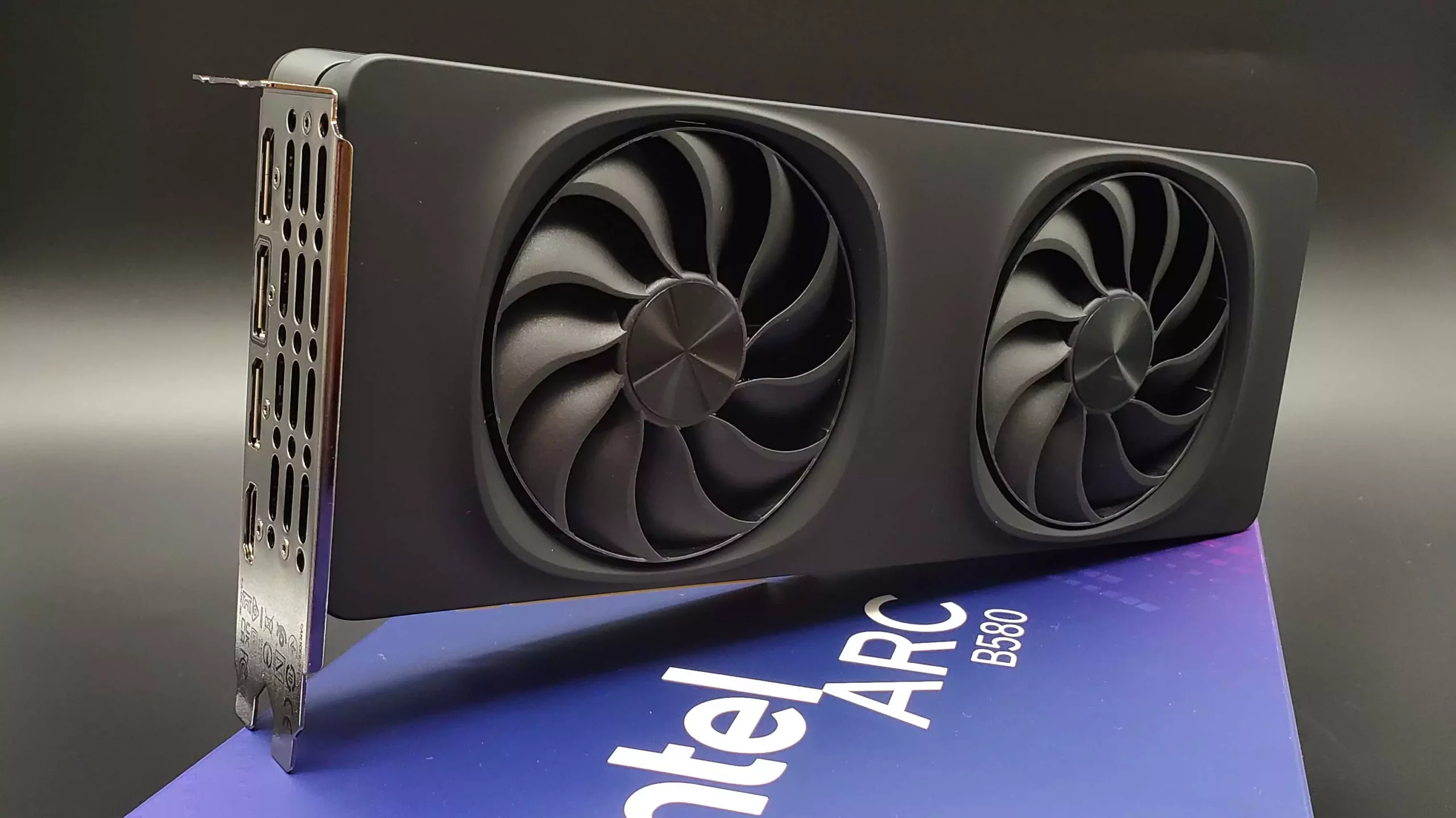As the tech community turns its gaze toward Computex, the excitement surrounding new hardware launches reaches a fever pitch. For PC gamers and hardware enthusiasts, no event stirs the imagination quite like this annual showcase. In particular, the anticipation surrounding entry-level GPUs is palpable, and this year’s spotlight seems to be converging on Intel’s potential announcement of the Arc B770 graphics card. The involvement of such a formidable player in the GPU market could shift the dynamics of competition, especially across the more budget-friendly segments.
Intel’s Teasing Engagement
Intel has taken a rather playful yet maddening approach to their communications about the B770. Responses to eager fans on social media have been cryptic—full of optimism but lacking in solid commitments. By inviting followers to “stay tuned,” Intel walks a fine line between building enthusiasm and inducing frustration. One user’s plea for the B770 was met with a lighthearted affirmation from Intel, calling them a “gamer with great taste.” While it’s undoubtedly positive to see engagement from a major company, the ambiguous nature of these comments raises questions. Is Intel genuinely ready to unveil a competitive GPU, or is this just a meandering marketing strategy to maintain visibility in a crowded arena?
The Technical Landscape
Dissecting the likely specifications of the Arc B770 offers a tantalizing glimpse into its potential. The rumoured GPU is expected to utilize a more powerful BMG-G31 die, potentially eclipsing the BMG-G21 die found in earlier models such as the Arc B580 and B570. Armed with 32 Execution Units (EUs), the B770 positions itself to contend directly with mid-range offerings from Nvidia and AMD, notably the anticipated RTX 5060 Ti and the RX 9060 XT. For gamers yearning for access to reliable yet affordable graphics options, this intrigue is thrilling.
This new architecture comes with the promise of performance enhancements, a critical factor for enthusiasts who have grown weary of Intel’s sketchy track record from their initial GPU launches. The first generation of Intel’s GPUs faced significant criticism due to driver issues that hampered game playability, leaving many users with a frustrating experience. Although the situation has improved, as Intel works to amplify the reliability of its drivers, whether these advances will translate to the B770 remains to be seen.
The Competitive Landscape
With Intel pushing forward, the heightened competition could invigorate the entry-level market, which has struggled amid supply chain constraints and inflated prices. Nvidia’s RTX 5060, launching simultaneously with Computex, and AMD’s RX 9060 XT could set the benchmark for what gamers expect in terms of performance and price. If the B770 delivers as expected, not only could it democratize access to gaming at reasonable settings, but it could also place pressure on rivals to offer better value.
One can’t help but ponder: could we finally witness a return to competitive pricing and reasonable availability for graphics cards? After years of excessive markups and demand outstripping supply, the emergence of an effective challenger could be the catalyst for meaningful change. However, with the murky waters of market fluctuation and speculations about production costs, skepticism is warranted. As much as we hope for affordable options, the reality may still disappoint in terms of pricing.
Excitement vs. Reality
The sentiment in the community is one of cautious optimism. While the prospect of a solid entry-level GPU from Intel is invigorating, there lies a lingering skepticism rooted in past experiences. Will the B770 rise to the occasion, or will it fall prey to Intel’s previous missteps? Gamers rightly want assurance—an assurance that the card will perform reliably without the complications that plagued its predecessors.
Regardless of the outcome, the stakes are high. For consumers, any upswing in competition is a win. The potential blossoming of choice in the graphics card market could be a game changer, benefiting not just power users but also those who simply want a solid gaming experience without entering into the higher tiers of GPU pricing. Therefore, as Computex approaches, the tech world holds its breath, waiting for Intel to drop not just a card but potentially the key to unlocking a new era in budget-friendly gaming hardware.


Leave a Reply